
What’s your artistic background?
you might find this funny, but I started attending the Art Academy of Latvia before I was born, along with my mom, she was a student there. My mother, Vineta Kurzemniece, is a distinguished sculptor, whilst my father, Dr. Aivars Kurzemnieks holds a Doctorate in Maths and Physics (Dr. habil. Phys.) I studied at the J. Rozentāls Riga Art High School since I was 11 years young. Following my graduation from the Graphics Department of the Latvian Academy of Arts, I obtained my Master’s Degree in Graphic Arts and also graduated from the Gunārs Krollis etching workshop. In 2012 I studied and worked in Spain at the non-toxic gravure printing workshop of Henrik Boegh, Grafisk Eksperimentarium. Since 1990 I’ve taken part in a number of exhibitions, both local and international, in Latvia, Great Britain, France, Austria, Ukraine, and Greece. I’ve had several solo exhibitions.
Pieces of my work are featured in private collections worldwide, Daugavpils Mark Rothko Art Centre and Ventspils Museum. I am a member of the Union of Latvian Artists and the Graphics Chamber of Riga.

What’s integral to the work of an artist?
In my case, it is: openness, perseverance, courage, honesty, the ability to sacrifice and love.
What role does the artist have in society?
While studying the history of art, our teacher always reminded us, that the artist is a witness of her/his time and age. And that’s really how I feel about the role. Whether these are processes in society, or the view of this time on the psychological metamorphoses of humanity, or climate change, – it is the artist who perceives, digests and reinterprets it in visual language according to the times.
What art do you most identify with?
Painting and graphic arts. These are the worlds I live in and feel good about.

What themes do you pursue?
With the help of my artistic practice, I try to understand and feel some of the general patterns by which nature and man live. How we influence each other, how we shape, what are these archetypes that explain our deepest interaction.
Living through my personal experience and at the same time observing the world around me – people and nature, I find visual and poetic parallels that are embodied in universal schemes. Where landcapes are a lyrical scenographic background for the versatility of the inner world of man.
I am concerned about the beauty and tragedy of life, the order and constancy of its flow, in which the brevity and uniqueness of each individual moment is drowned. Through symbolism and surreal scenes, I try to comprehend the world in which I am and of which I am a part.
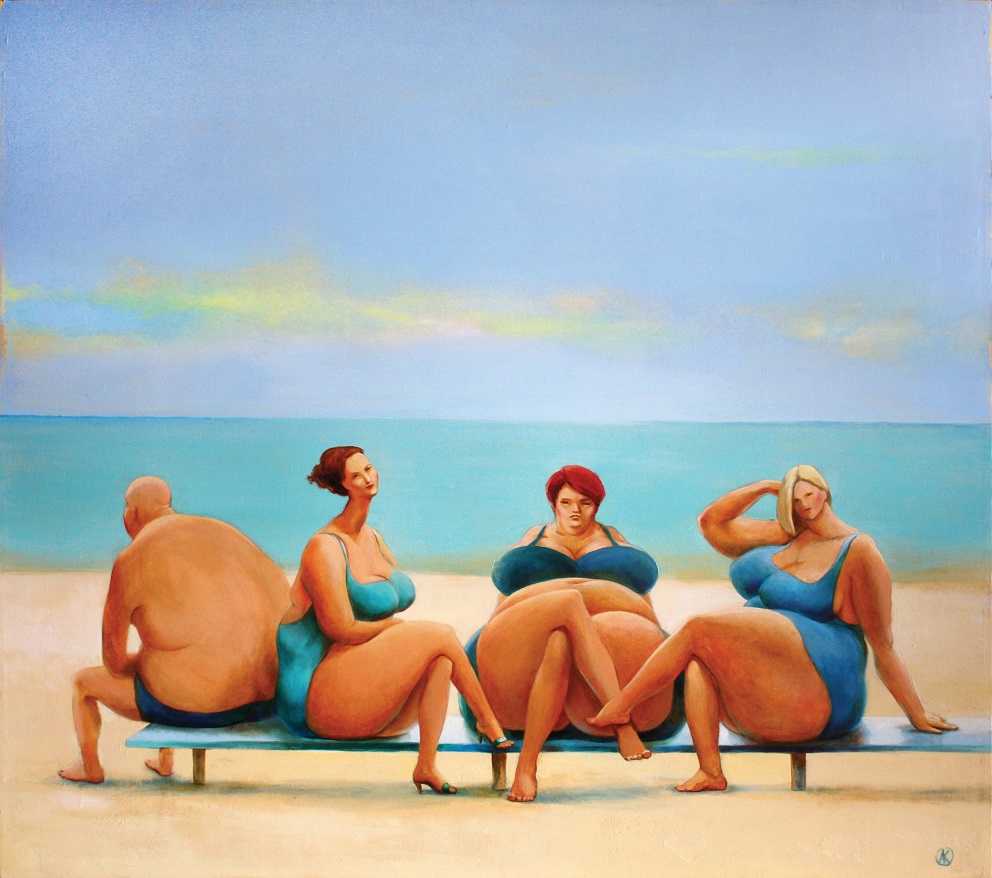
What’s your favourite art work?
I had to think about this. Interesting. It seemed to me that I would answer – the one who is still in my head and will only been made. Or that there are several of them … very personal ones. But no. There seems to be one what will always stay with me. And I can’t even explain why. Maybe because it was a significant turning point for me or a direct imprint of my soul. For me, it’s ‘Noah’s Ark’ (2016).
Describe a real-life situation that inspired you?
I remember last summer walking along the Baltic Sea with my sister and friend after a sunrise organ concert on the beach. We were so full of emotions and happy to chat. It was a wonderful morning.
And then I saw her. There she sat. One. And looked out to sea. And the heavens were filled with crazy clouds, as the thunderstorm was approaching.
I came back home and painted ‘Cloud counter’.
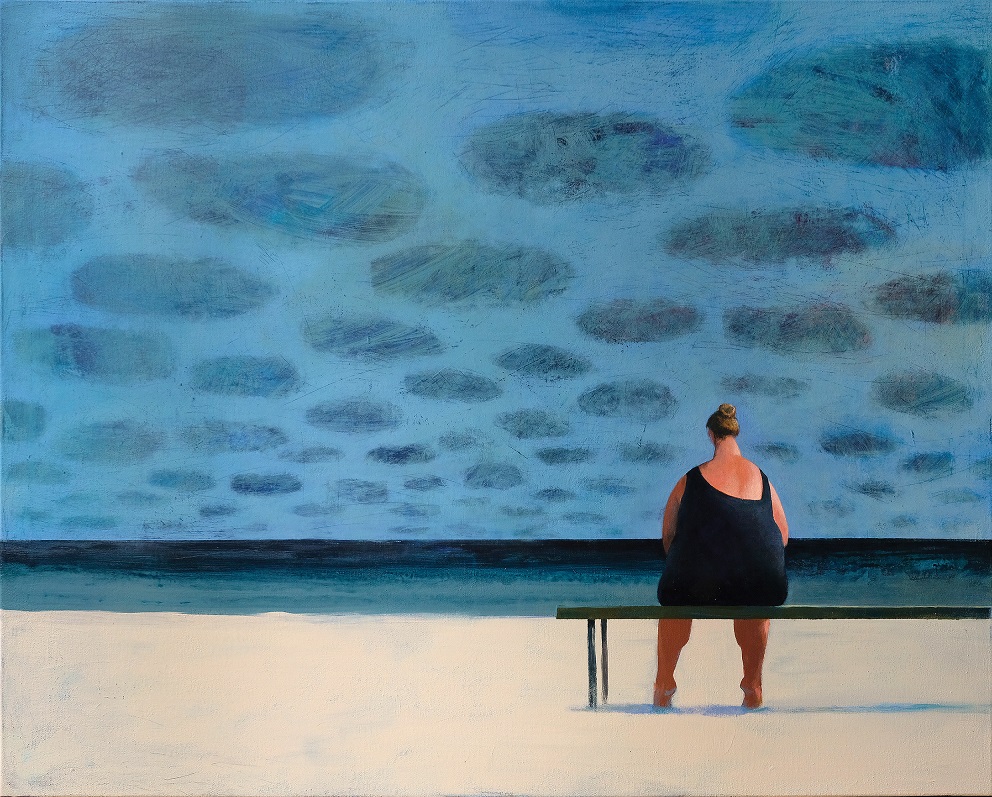
What jobs have you done other than being an artist?
Alongside creativity, I have the ability to design. I had a successful career in advertising agencies (the longest one term was in the McCann Riga) as a graphic designer and art director.
Why art?
My first teacher said, if you can live without painting, don’t paint. There was a period after graduating from the Latvian Academy of Arts when I was not painting. I had a feeling that I was too young, that I had no life experience and that there was nothing new or personal to say.
With the help of art I communicate, I pass on my ideas. My language is visual, it’s natural for me. I don’t know how to do it any other way.
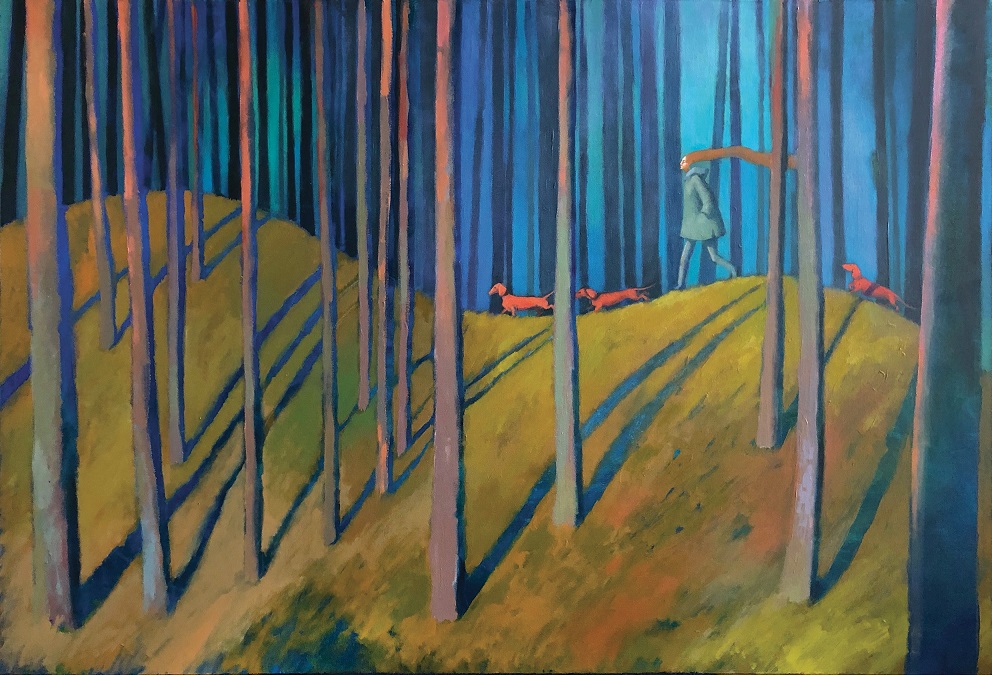
What is an artistic outlook on life?
I have a great life. Walking through the woods every day with my three dachshund girls, I have time to think and to have small restart. And every once in a while I catch myself wondering how grateful I am for what I am, what I have and what I do and – how happy I am. I really live my own life.
What memorable responses have you had to your work?
It’s nice to receive compliments from art lovers and friends. Of course it is important to get a positive evaluation from industry professionals. But I don’t focus on it, I keep doing what I have to do, what I want and how I want to.
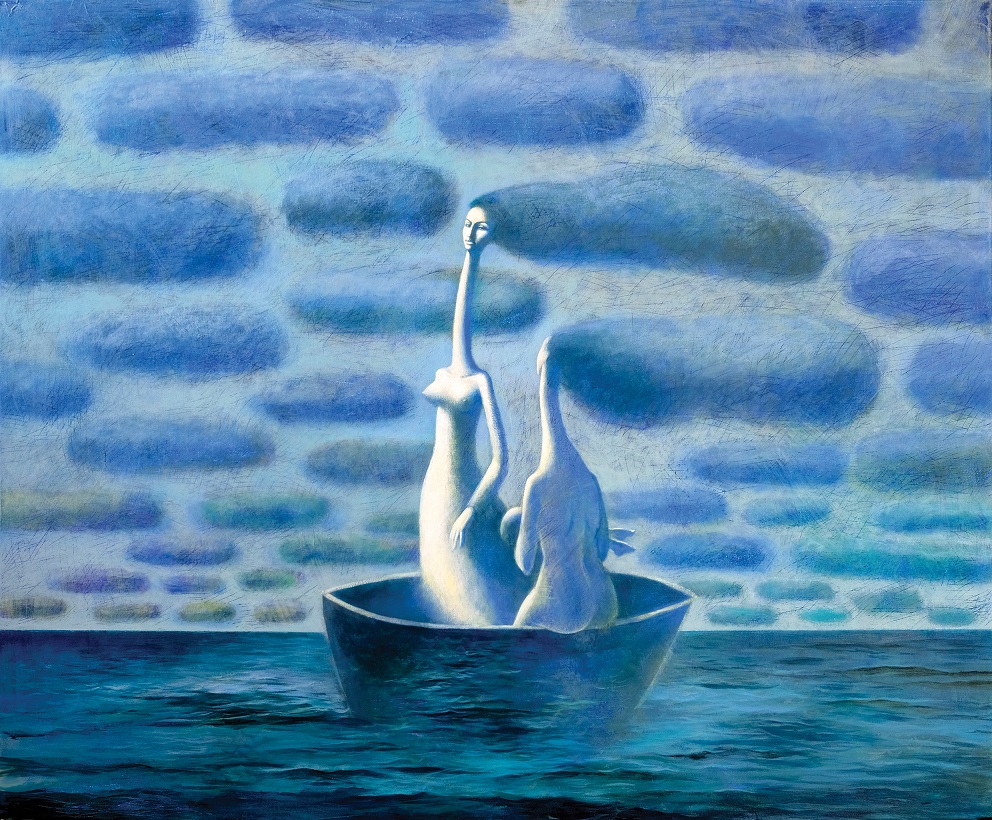
What food, drink, song inspires you?
I cannot say that I have ever been inspired by these things. I am inspired by colors, tones, light, mood, movement, proportions, lines, rhythms, contrasts, emotions, events …
Is the artistic life lonely? What do you do to counteract it?
Yes, I live alone, but I don’t feel lonely. It is my conscious choice. I have been married and I have had such an experience.
What do you dislike about the art world?
I live quite secluded and have very little contact with the unpleasant side of the art world.
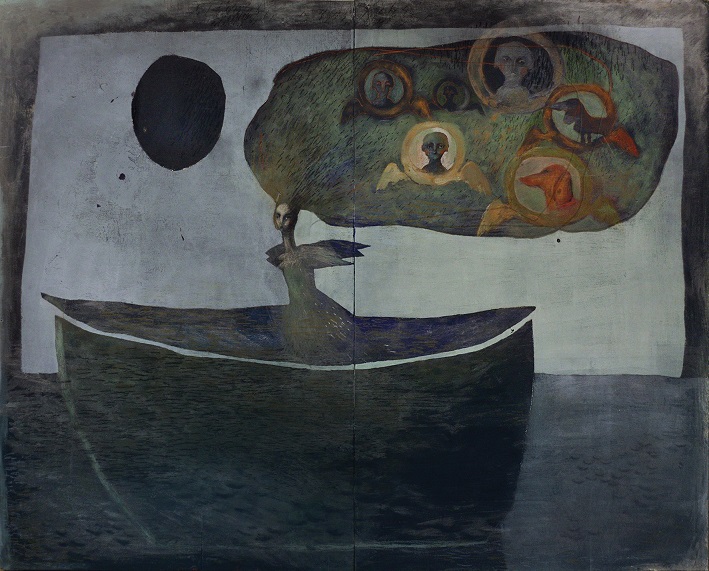
What do you dislike about your work?
It could be something different every day, but I don’t focus on it. I really only do what I like and how I like to do it.
What do you like about your work?
Ohhh !!! I am fascinated by the inexplicable inner feeling when an idea is born. I enjoy the moments when the hand and eye are in unison creating. And the magic of the moment when a new painting has entered the world – like a miracle.
Should art be funded?
Yes, I think so. Grants, scholarships are important. Especially for young or emerging artists.
What role does arts funding have?
Funding for the arts has historically always been through the centuries. Not all art is commercial today. Funding is freedom for new ideas, research and experimentation.
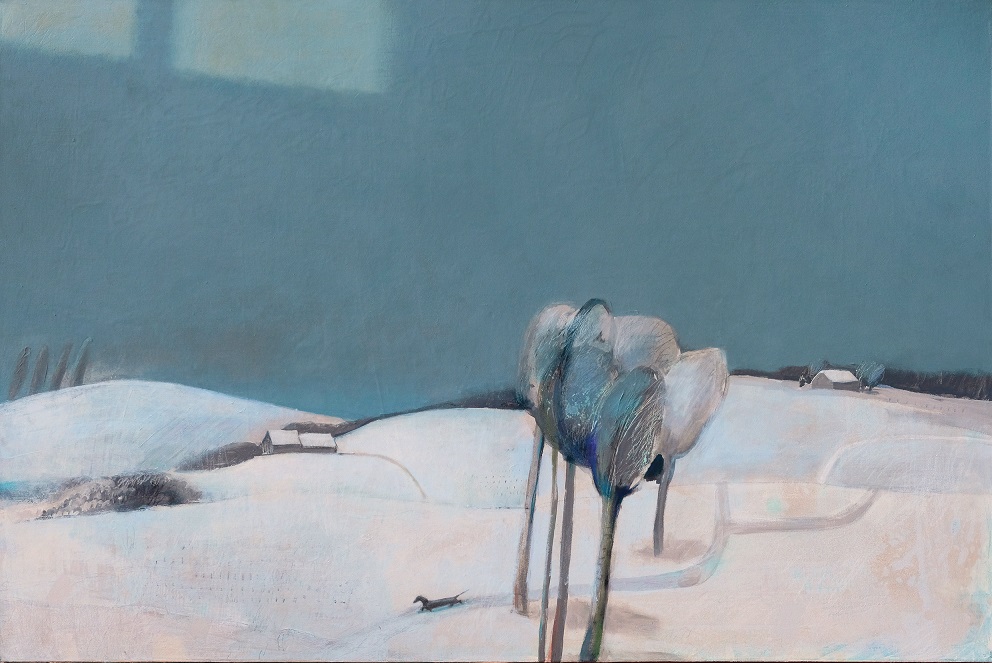
What is your dream project?
I am currently working on it.
Name three artists you’d like to be compared to.
It seems impossible to me. These are incomparable categories. I can compare myself to myself in the past. And sometime in the future, I will be able to compare myself to my present self.
Favourite or most inspirational place ?
I have been to so many great and inspiring places ! The world is so amazingly different ! They are everywhere! It’s my backyard forest, sea or ocean shore, a mountain trail, a desert or a vibrant city.

What’s the best piece of advice you’ve been given?
Life is too short to do what is right or healthy. You only have to do what you really love.
Professionally, what’s your goal?
I want to be able to paint everything I still have to paint. I want my art to be a valuable contribution, may it be meaningful – appealing, human, emotional and thought-provoking.
future plans?
Continue an active professional life. Life is full of surprises and I am open to them. Your offer for this interview was also an unexpected surprise, which I am very happy about. Thank you!









